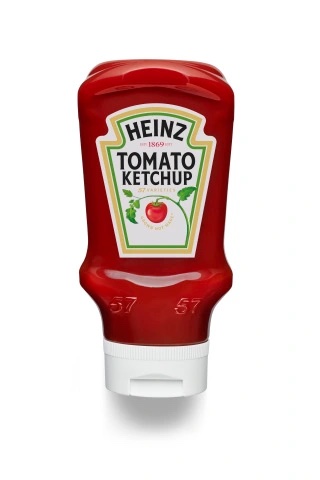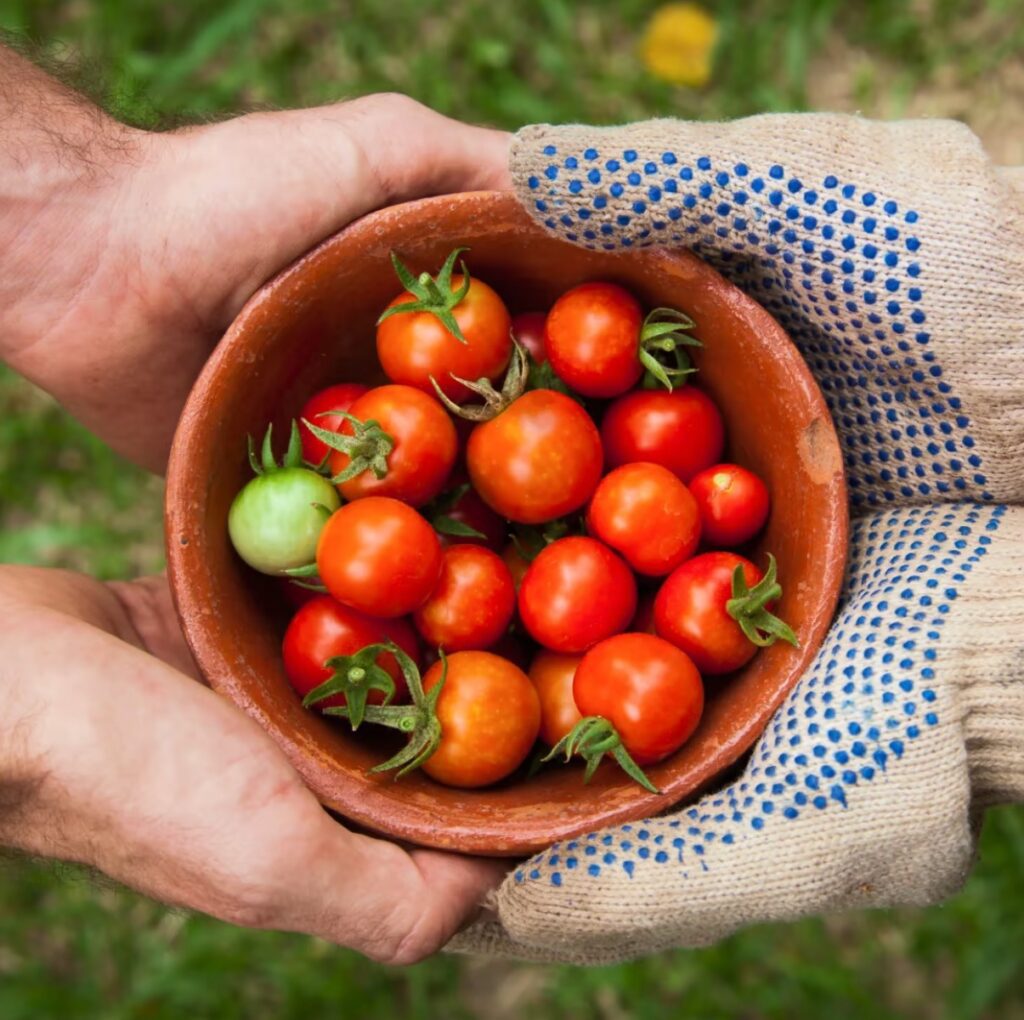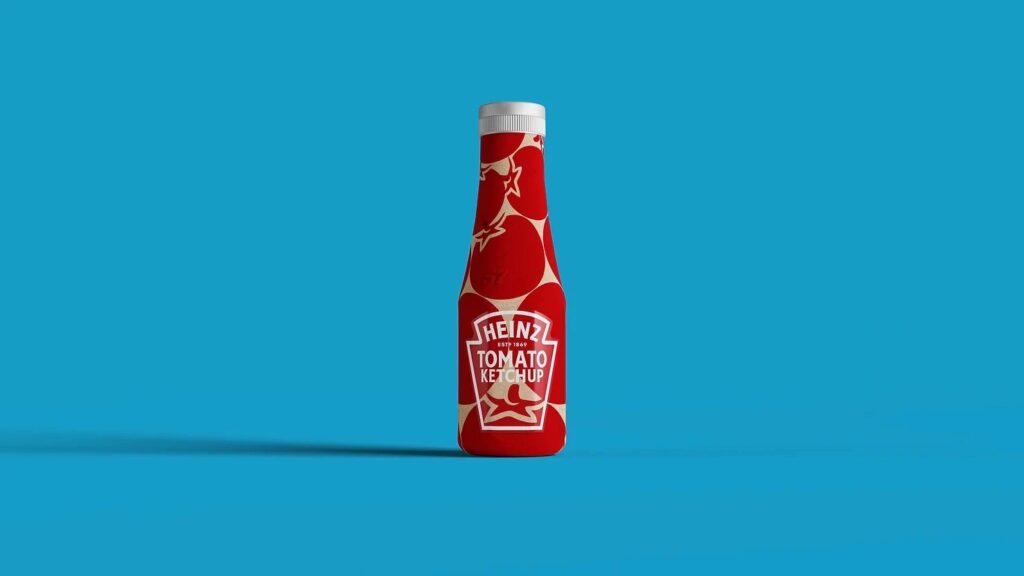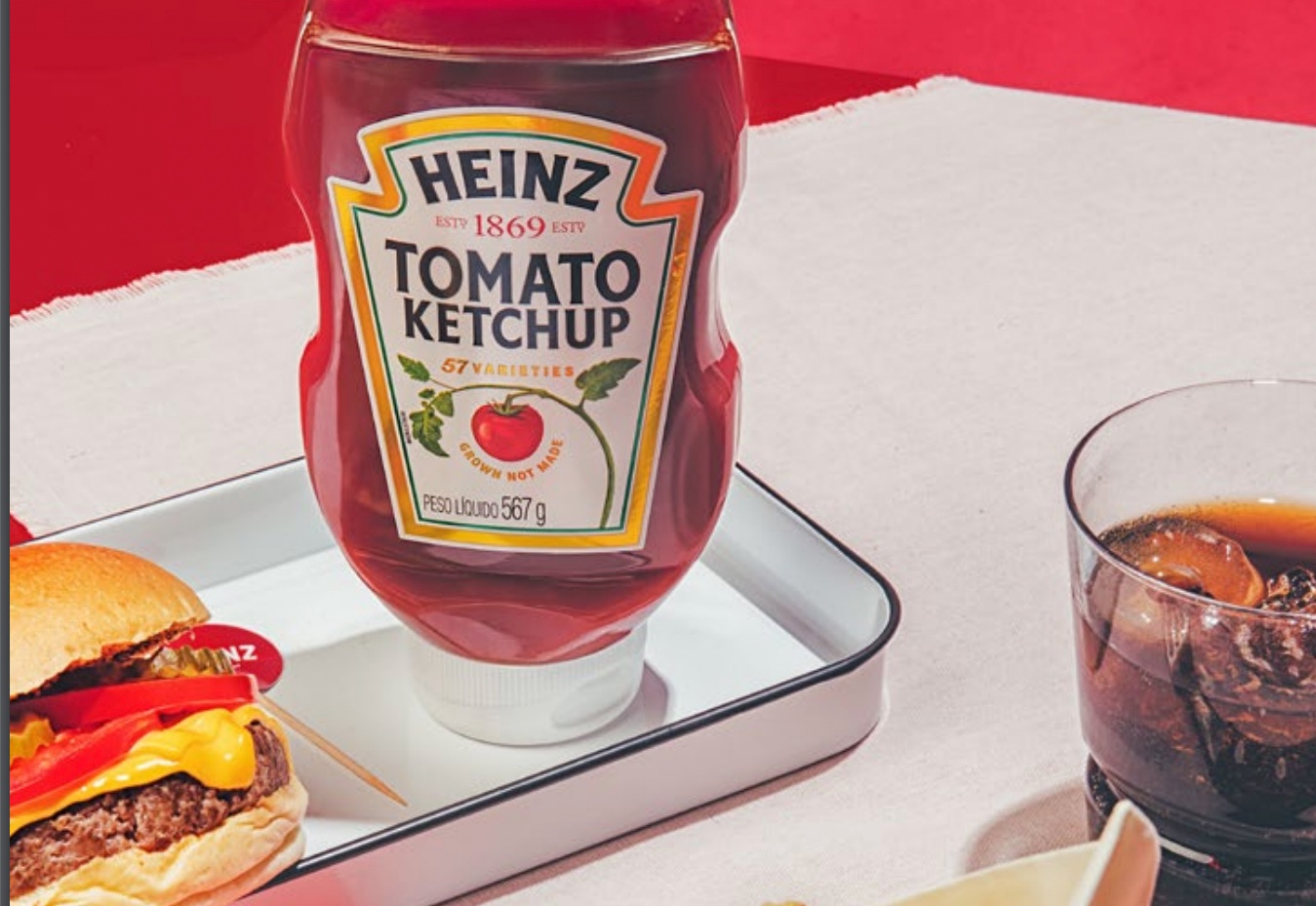It Took a Lot of Time and Money, But Heinz Develops On Recyclable Bottle Cap.
When it comes to food dispensers, you’d be hard-pressed to think of anything that has gone through more variations than ketchup. Part of the reason is that generations of consumers have struggled to coax the tangy tomato sauce out of the dispenser and onto the plate. Over the decades, this has led to dozens of changes, ranging from glass and plastic bottles to mini-jars and individual serving sizes that let you squeeze or dip the condiment.
The world’s leading ketchup brand, Heinz, has undergone numerous bottle and packaging redesigns since it began selling the product in 1876. The company’s latest redesign might be it’s most involved yet, requiring nine years, 185,000 hours of product development, and $1.2 million in investment – all to make the little bottle cap recyclable.
The new cap was originally unveiled in July 2021. In a press release at the time, Heinz said it created 45 different designs in total on its mission to create the new cap. The designs were printed in-house using a state-of-the-art 3D printer. After creating the prototypes, Heinz undertook a rigorous testing procedure to make sure the cap met the highest quality standards.
Heinz estimates that the move could mean that around 1 billion plastic caps – enough to fill 35 Olympic swimming pools – can be recycled instead of heading to landfill.

Heinz’s original cap used a flexible silicone valve that was hard to recycle because it required recycling facilities to separate the silicone from the rest of the cap. This was inefficient in terms of the necessary cost, and there wasn’t a huge market for recycled silicone, either. The U.S. has only one silicone recycling plant

Parent company Kraft Heinz went to work finding a solution that ensured its ketchup bottles worked properly while making it easier for facilities to recycle the material.
“The biggest challenges were getting to similar performance of the current closure, addressing the challenges of the current one, and meeting our consumers’ needs . . . which led to the 45 iterations,” Kim Bertens-Vlems, an international senior packaging manager at Kraft Heinz, told Fortune in an interview. “Changing some of the aspects affected the other criteria, therefore getting the balance right was the main challenge.”
The team eventually came up with a final design made from polypropylene. It includes two parts that create an indirect exit for ketchup to be dispensed when the bottle is squeezed. When you let go, the air rushes back in to create a “controlled dose.”
The good news from an environmental standpoint is that the new cap can easily be recycled with yogurt cups and other items made from polypropylene. The same design could be adapted for different product types, such as shampoo bottles.
Heinz’s long and involved process to design a recyclable ketchup bottle cap is part of a larger program to reduce its carbon footprint. This effort includes a target of sustainably sourcing all of its ketchup tomatoes by 2025, mainly through pioneering soil health techniques and increased tomato harvests on every acre.

Heinz also partnered with Pulpex, a sustainable packaging technology company, to develop the first molded paper bottle in the sauce category. The bottles are to be made from sustainably sourced wood fiber and readily recyclable in paper waste streams, according to the Dieline website. As of mid-2022, it was unclear if the bottle would be completely plastic-free, though Heinz officials didn’t rule out using polypropylene for components such as the cap.

“Packaging waste is an industry-wide challenge that we must all do our part to address,” Kraft Heinz CEO Miguel Patricio said in a press release. “That is why we are committed to taking steps to explore sustainable packaging solutions across our brands at Kraft Heinz, offering consumers more choices. This new Heinz bottle is one example of how we are applying creativity and innovation to explore new ways to provide consumers with the products they know and love while also thinking sustainably.”





